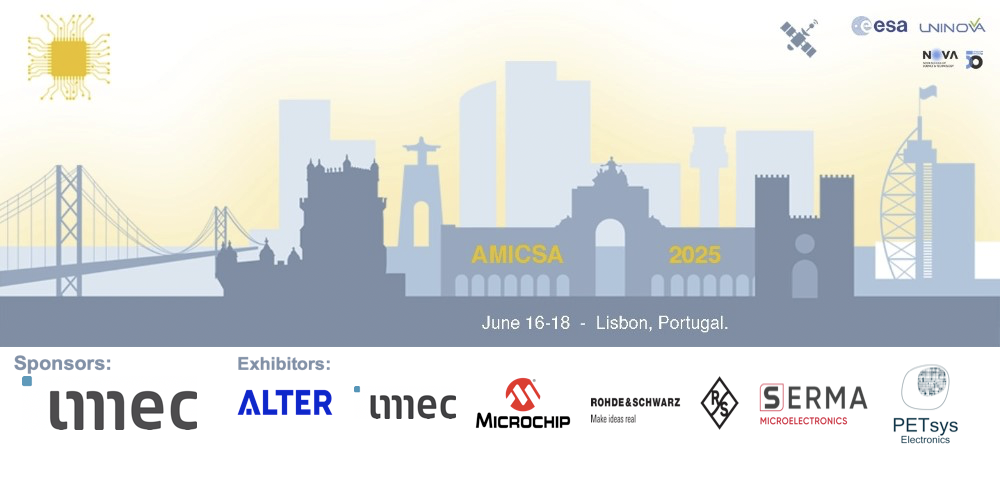Speaker
Description
This talk will provide an overview of recent work at Brookhaven National Laboratory (BNL) on analog and mixed-signal application-specific integrated
circuits (ASICs) designed to operate reliably in extreme environments (high-radiation, cryogenic, or high-temperature). Several examples of such ASICs
and their use cases in various high-energy and nuclear physics experiments will be discussed. One case study will focus on the design and testing of
front-end CMOS ASICs operating at liquid argon temperature (85K) for the Deep Underground Neutrino Experiment (DUNE). These chips provide low-noise
charge readout within noble-liquid time projection chambers (TPCs) that aim to reconstruct the three-dimensional trajectories of incident particles and/or
their energy distribution with high spatial, temporal, and energy resolution. As another example, a serial-powered architecture and associated radiation-
hardened ancillary ASIC in partially-depleted silicon-on-insulator (PDSOI) technology will be discussed for interfacing to large-area monolithic active pixel
sensors (MAPS). Arrays of such large-area MAPS are being developed for high-precision particle tracking within the ePIC detector of the planned Electron Ion
Collider (EIC). Finally, the design of adaptive line driver ASICs with configurable pre-emphasis will be discussed for wired data transmission across ultra-thin
radio-pure cables. Such high-loss cables are required to read out cryogenic detectors immersed in noble liquids (liquid argon or xenon) for a variety of rare-
event physics experiments. Potential applications of the proposed ASICs to space-borne experiments will also be discussed if time permits.

